Choosing the right grout for your mosaic tiles is a critical aspect of the tiling process, ensuring both the durability and the aesthetic appeal of your project. The grout acts as a bonding agent, securing the tiles in place and filling in gaps to prevent moisture and dirt ingress.
With a myriad of grout options available in the market, it’s essential to understand what grout to use for mosaic tiles to achieve the best results. This guide will walk you through the selection process, helping you make an informed decision.
Mosaic tiles come in a variety of materials, each with unique characteristics. Ceramic tiles are popular for their durability and wide range of colors, perfect for adding a vibrant touch to any space.
Porcelain tiles, a type of ceramic tile, are known for their water resistance, making them ideal for bathrooms or outdoor use.
Glass tiles present a sleek, modern look, reflecting light and adding depth to the design. Their non-porous nature also makes them resistant to stains, mold, and mildew.
Natural stone tiles, such as marble or granite, offer a luxurious, timeless appeal. However, they require regular sealing to maintain their beauty and prevent damage.
Finally, metal tiles provide a chic, contemporary aesthetic and are often used for accent pieces or bold design statements.
What is Grout?
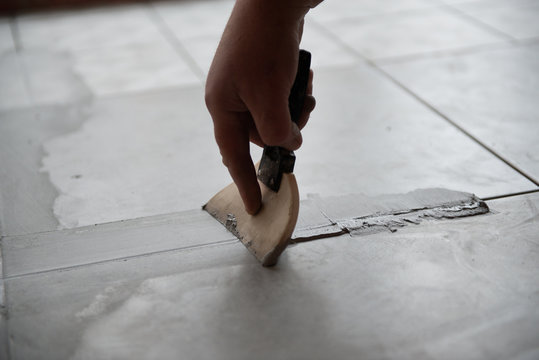
The Function of Grout in Tiling
Grout is a dense fluid made up of fine sand, water, cement, and sometimes color tint, which is used to fill gaps and provide support to the tiles.
It plays a critical role in the installation of tiles, offering structural integrity by bonding the tiles together, and preventing them from shifting and cracking.
Grout also seals the spaces between tiles, making them impervious to water and bacteria. Its color and texture can greatly influence the final aesthetic of your tiling project.
Importance of Choosing the Right Grout
The choice of grout can make or break the success and longevity of your tiling project. Choosing the right grout type and color ensures that it complements the tiles and enhances the overall design.
The right grout also contributes to the durability and maintenance of the tiled area. Certain types of grout are more suitable for specific tiles or applications. For example, non-sanded grout is best used for mosaic tiles as it does not scratch the surface.
Therefore, understanding the different types of grout and their applications is essential in the selection process.
Factors to Consider While Choosing Grout
Color Matching and Contrast
When choosing grout for mosaic tiles, consider not only the color of the tiles themselves but also the desired visual effect. The grout color can either match, contrast, or blend with the tiles. Matching the grout color to the tiles creates a seamless look, making the room feel larger.
Contrasting grout color, on the other hand, highlights the tile pattern and adds a striking design element.
Texture and Finish
The texture of the grout can dramatically influence the overall aesthetic of your mosaic. Non-sanded grout, with its smooth finish, is an excellent choice for mosaic tiles as it doesn’t scratch the tile surface.
The finish of the grout should also complement the finish of the tiles. For example, a matte grout pairs well with matte-finished tiles, while glossy tiles might pair better with a grout that has a slight sheen.
Durability and Maintenance
Considering the grout’s durability and ease of maintenance is crucial for the longevity of your mosaic tiling. Epoxy grout, although more expensive than other types, is highly durable and resistant to stains and water damage, making it a preferred choice for areas such as kitchens and bathrooms.
Moreover, darker grout colors tend to show less dirt and stains, reducing the frequency of cleaning and maintenance.
Different Types of Grout Suitable for Mosaic Tiles
1. Un-sanded Grout
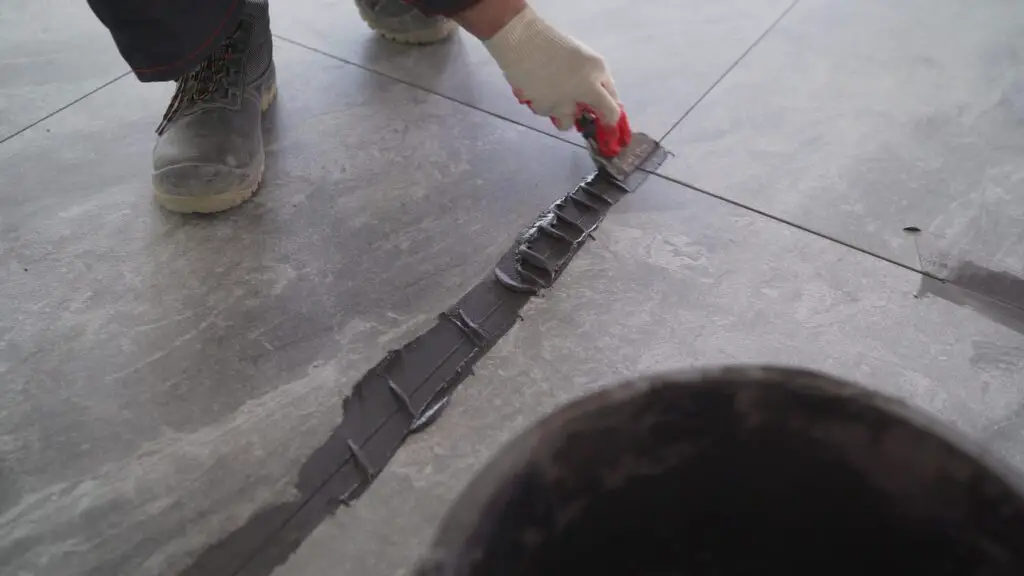
Un-sanded grout, also known as non-sanded grout, is an ideal choice for mosaic tiles due to several reasons. This type of grout is composed of cement, water, and non-sand particles, which give it a smooth texture.
The absence of sand in its composition prevents the scratching of the tile surface, an essential aspect when dealing with delicate mosaic tiles.
Un-sanded grout is suitable for thin grout lines typically found in mosaic tile installations. Its fine texture allows it to penetrate and fill small grout lines (less than 1/8 inch) effectively, creating a tight seal.
This ability to fill small joints results in a beautiful, clean finish that enhances the overall aesthetic appeal of the mosaic tile installation.
Moreover, un-sanded grout tends to be easier to work with on vertical surfaces, as it has a stickier consistency compared to sanded grout. This makes it a preferred choice for wall mosaics and other vertical applications.
However, it’s important to note that while un-sanded grout is excellent for mosaic tiles, it lacks the durability of its sanded counterpart when used in wider grout joints.
Therefore, it’s essential to consider the size of the grout lines in your mosaic tile project when choosing between un-sanded and sanded grout.
2. Sanded Grout
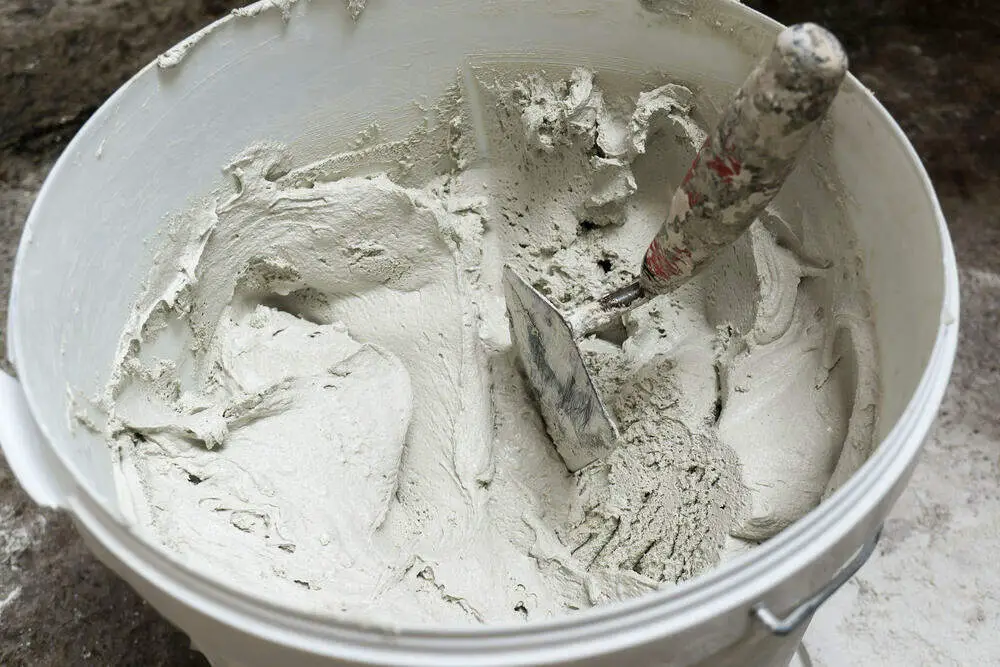
Sanded grout is another popular choice for mosaic tiling, particularly suited for larger grout lines that measure over 1/8 inch. The sand in its composition adds bulk and durability to the grout, preventing shrinkage that could occur as it dries – a common problem encountered with wider grout joints.
The coarser texture of the sanded grout is a result of the added sand, which improves its bonding effectiveness, thereby providing a robust seal that prevents moisture intrusion.
While sanded grout is highly resistant to cracking and exhibits superior longevity compared to un-sanded grout, it might not be the best choice for delicate mosaic tiles.
The sand particles can potentially scratch the surface of the tiles during application, particularly if they are made from softer materials like glass or marble. Therefore, it is crucial to consider the material of your mosaic tiles before opting for sanded grout.
Despite its rougher texture, sanded grout can still be worked smoothly into grout lines with the right application technique.
It’s also worth noting that sanded grout comes in a variety of colors, allowing for a greater choice in aesthetic design.
However, due to its gritty nature, sanded grout may require more effort to clean and maintain compared to un-sanded grout.
3. Epoxy Grout
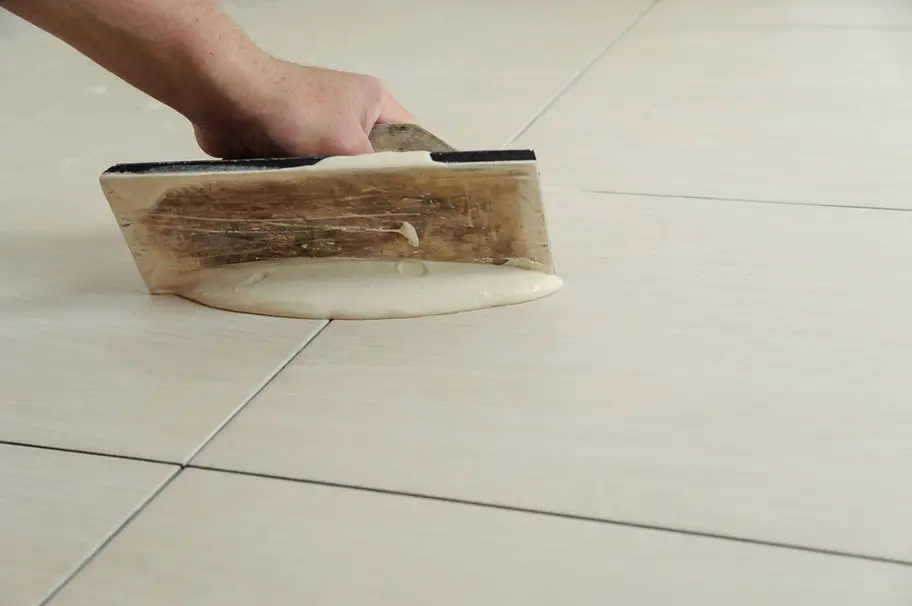
Epoxy grout is a robust and highly resilient type of grout often recommended for high-traffic or heavily used areas and tiles made of delicate materials like glass or marble.
Its composition is unique from traditional cement-based grout, as it is made from epoxy resins and a filler powder. This combination makes epoxy grout exceedingly durable, waterproof, and resistant to common issues like staining, cracking, and shrinkage.
Its superior resistance to moisture makes it an ideal choice for mosaic tile installations in bathrooms, kitchens, and other areas prone to high moisture or spillage.
It is also highly effective in preventing the growth of mold and mildew, thereby enhancing the longevity of your tile work.
Epoxy grout is available in a wide range of colors, making it a versatile choice for different design aesthetics.
However, it is worth noting that while epoxy grout offers unparalleled durability and resistance, it can be challenging to work with due to its quick setting time and is generally more expensive than other types of grout.
Despite these challenges, the exceptional benefits of epoxy grout often outweigh the potential drawbacks.
When properly applied, it provides a seamless and durable finish to your mosaic tile project, making it a worthwhile consideration when choosing what grout to use.
Related Topics:
Recommendations and Tips on Using Grout
Applying Grout on Different Mosaic Tile Materials
Different mosaic tile materials require special attention when applying grout. For instance, glass and ceramic tiles often work well with both sanded and unsanded grout.
However, if you have tiles made of delicate materials like marble, it’s recommended to use non-sanded or epoxy grout to avoid scratching the tile surface. When using epoxy grout, remember its quick-setting nature, and only mix small batches at a time to ensure optimal working conditions.
For tiles with irregular shapes or wider gaps, using sanded grout may provide better adhesion, reducing the chance of grout shrinkage.
Maintenance Tips for Long-Lasting Grout
Maintaining the longevity of your grout is essential to keep your mosaic tiles looking fresh and new. Regular cleaning with a mild, pH-neutral cleaner can help prevent staining and discoloration.
Avoid using harsh or acidic cleaners, as these can erode the grout over time. Sealing your grout after it has completely cured is also a crucial step in grout maintenance.
A good quality grout sealer provides a protective layer, making it more resistant to staining, moisture, and mold growth. Additionally, make sure to promptly repair any cracks or damage to prevent further deterioration.
Conclusion
In conclusion, the choice of grout for your mosaic tile project carries significant weight. The grout you choose will not only impact the appearance of your project but also its longevity. Be it sanded, unsanded, or epoxy, each type of grout serves a unique purpose and is suited to different types of tiles and applications.
However, for most mosaic tile projects, unsanded grout is often the better choice due to its smooth texture and less abrasive nature, making it ideal for delicate tiles.
The key to making an informed decision lies in understanding the nature of your tiles and the conditions they will be subjected to. Regular maintenance, using a pH-neutral cleaner and a quality grout sealer, can further enhance the lifespan of your grout, ensuring your mosaic tiles continue to shine and inspire.
Thus, when pondering what grout to use for mosaic tiles, it’s crucial to consider these aspects to make the most suitable choice.
FAQs
Can I use sanded grout for mosaic tiles?
Yes, you can use sanded grout for mosaic tiles. However, it’s typically not recommended for tiles with a gap of less than 1/8 inch because its sandy texture can potentially scratch the tile surface, especially if it’s glass or metal. For most mosaic projects, unsanded grout is the better option due to its smooth texture.
How does a grout sealer benefit my mosaic tile project?
A good quality grout sealer forms a protective barrier over the grout, making it more resistant to staining, moisture, and mold growth. This helps to prolong the lifespan of your grout and keeps your mosaic tiles looking fresh and new. It’s recommended to apply a grout sealer after the grout has completely cured.
How often should I clean and maintain my mosaic tiles?
To keep your mosaic tiles in good condition, it’s recommended to clean them regularly with a mild, pH-neutral cleaner to prevent staining and discoloration. You should avoid using harsh or acidic cleaners, as they can erode the grout over time. If you notice any cracks or damage, repair them as soon as possible to prevent further deterioration.
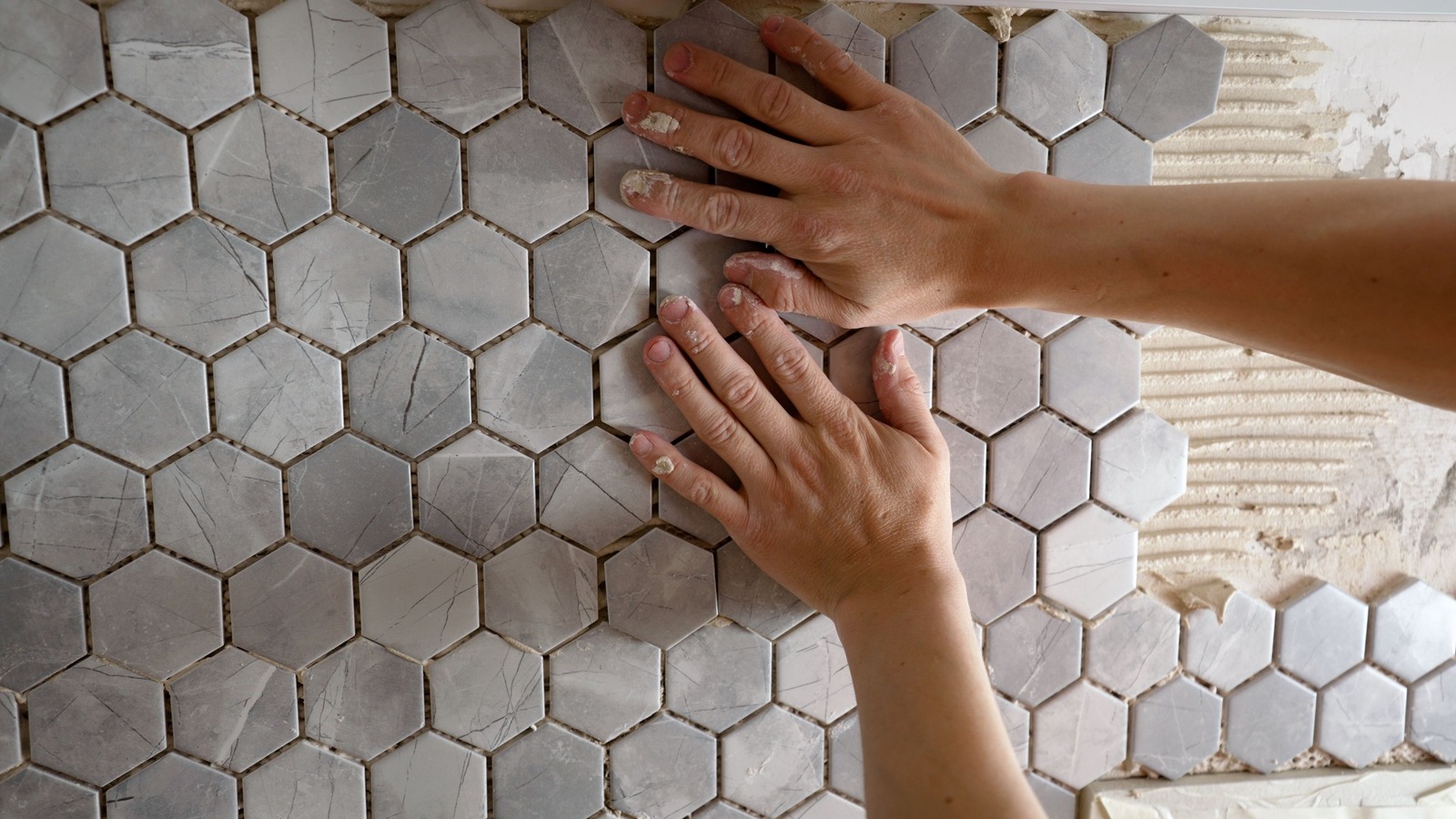
1 thought on “What Grout To Use For Mosaic Tiles: Pick The Best One”